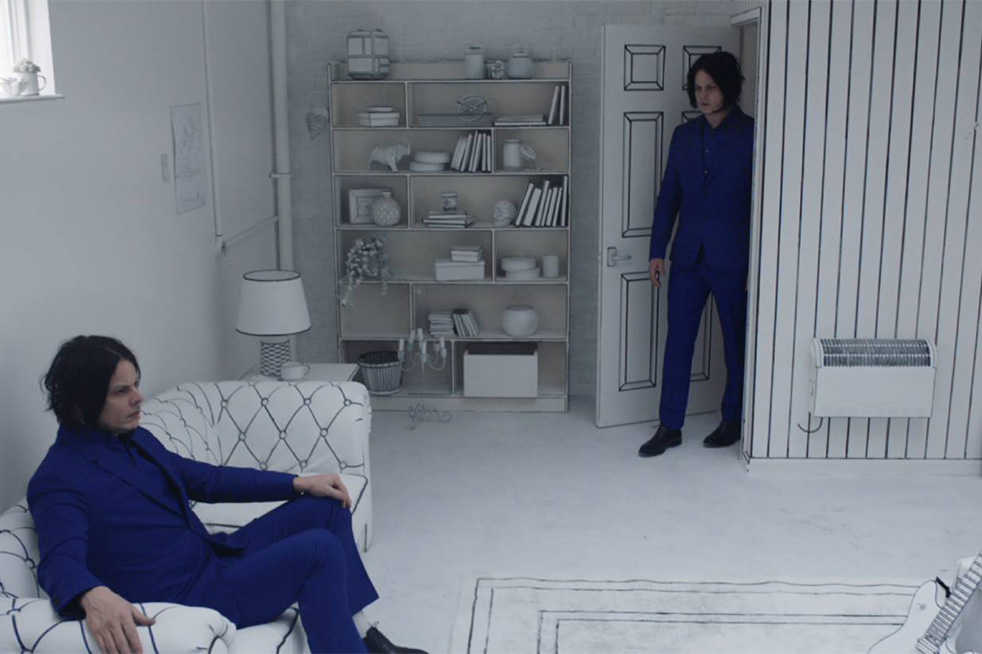On March 23, Jack White released his third solo album, “Boarding House Reach.” It is White’s first recording since The Dead Winter released “Dodge and Burn” in 2015, and it is a radical departure from the style he has become famous for.
Jack White first made a name for himself as one half of the duo, The White Stripes, making basic, analog garage-rock music. Since achieving mainstream popularity, White has contributed to a number of different bands and released two solo albums, always producing work in his signature
minimalist style.
For the past 20 years, White’s recording methods, musical style and image have been tied up in one overarching musical philosophy which can be summed up in one word: simplicity. White has long done his recording in a small, basic two-room studio in Nashville, sometimes even going so far as to construct his own rudimentary instruments from wood.
White has dedicated his career to rejecting the flashiness and celebrity of mainstream music. His simple garage-rock sound has long been an indistinguishable part of his image. To suddenly explore an entirely new musical style, then, would be an enormous risk.
Still, with “Boarding House Reach,” Jack White shows that he is willing to risk his image to open new doors musically.
The album is instrumentally and structurally unlike anything White has released before. If the defining characteristic of White’s old music was stripped-down simplicity, the defining characteristic of “Boarding House Reach” is downright strangeness.
This is by no means a bad thing, and White has been very open about the album, admitting that it is “bizarre.” White’s new exploration opens up a novel world of artistic potential which was previously closed to him due to his style choices, and White manages to take advantage of the freedom he is afforded by his choice to embrace peculiarity without losing the signature rawness which has made his music famous.
Many of the tracks on the album are difficult and disorienting to the listener, but beneath a new layer of weirdness, every song offers a kernel of the old Jack White. On some tracks, this new layer is quite penetrable.
“Corporation,” the third track and one of the singles released from the album, features an unconventional, irregular vocal style, and the melody of the song is broken up by discontinuities filled with squealing guitars. Still, once one digests these unusual features, one finds that the song is actually driven by a gritty garage-rock guitar riff and traditional rock lyrics criticizing corporations and armies.
Other songs are more difficult to break down. “Hypermisophoniac” is a three-and-a-half-minute orchestra of discordant sounds featuring beeps, sirens and various other indistinct sounds. It also features some traditional instrumentation, but the majority of the song is made up of unconventional sounds spliced together to simulate a rhythm.
It’s really closer to a sonic assault on the listener than a conventional song, but when paired with lyrics exploring isolation, paranoia and a title which refers to someone with a strong aversion to certain sounds, it becomes clear that White is trying to create some kind of an effect here.
“Boarding House Reach” is a difficult album which many Jack White fans will understandably dislike. There are as many tracks on the album like “Hypermisophoniac” as there are like “Corporation,” and while there is plenty beneath the surface to be discovered and enjoyed, listeners will have to dig to find it.
One should not approach this album expecting to love it on the first listen. To properly appreciate it, listeners will need to give it second and third chances, and many will probably still not like it. Still, one cannot deny that “Boarding House Reach” is an admirable undertaking. In a world all about catchy beats and easy singles, White has demonstrated tremendous bravery in producing something complicated and difficult.
